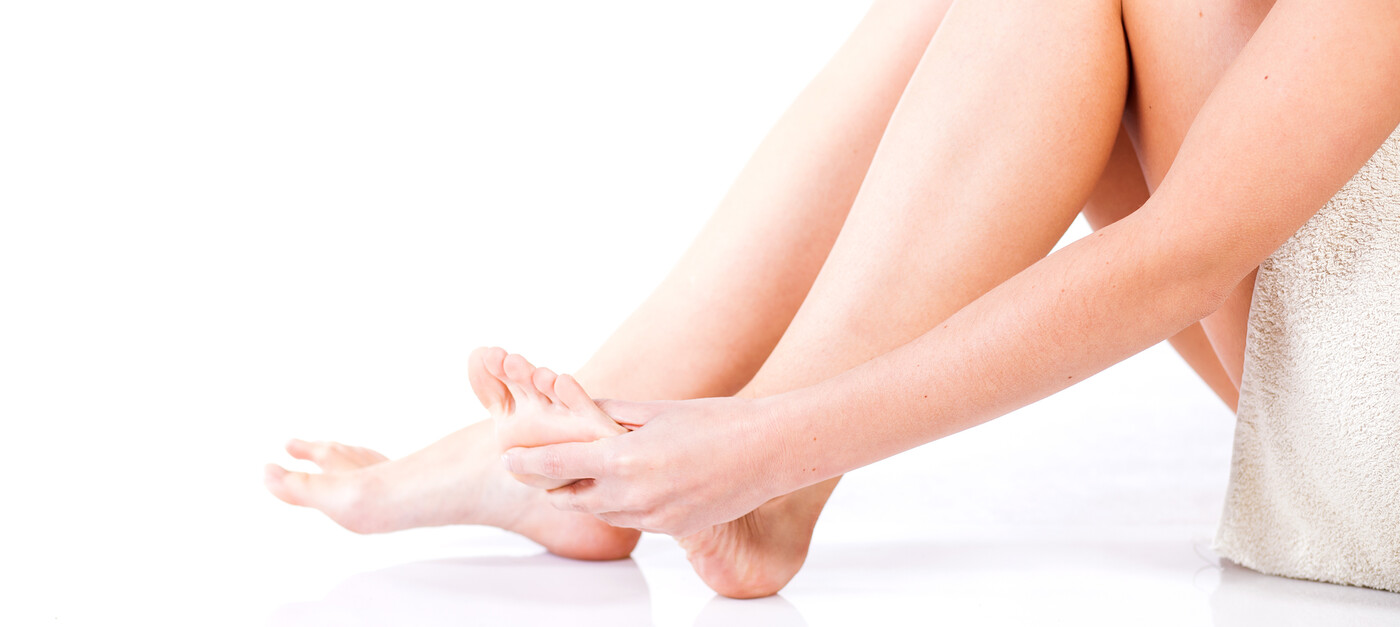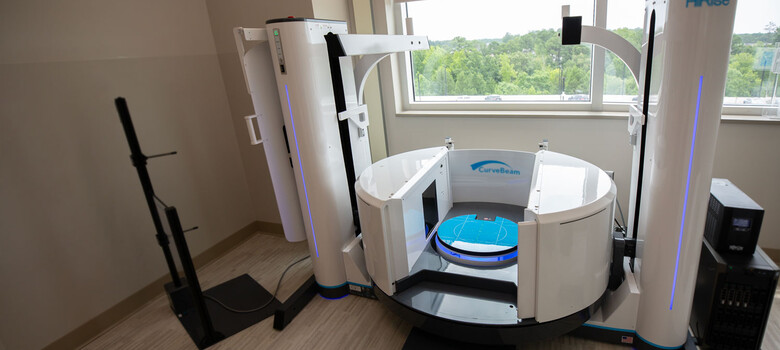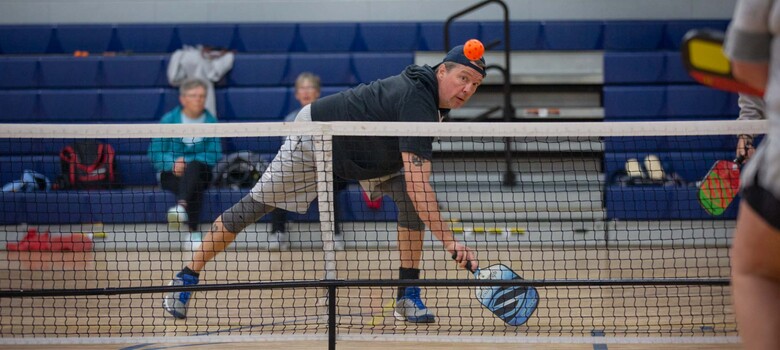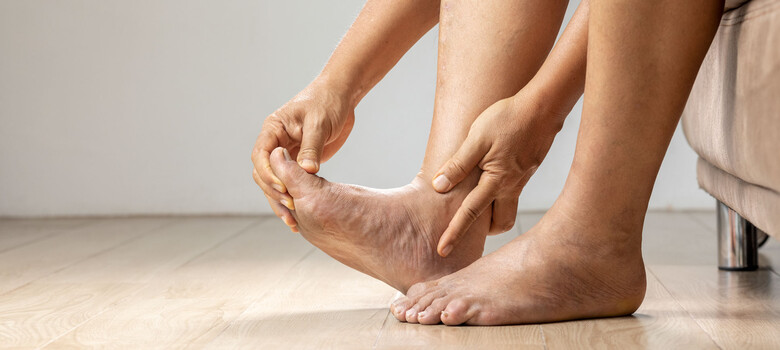How to Prevent Bunions in One Easy Step
Treat Your Feet Right

The end of summer usually means storing away your comfy sandals and putting your feet back into closed, snug-fitting shoes. But the wrong footwear may lead to the development of painful conditions like bunions—bony protrusions that can become irritated and swollen and may lead to arthritis, bursitis, or hammertoes.
Choose the Right Shoe
Although heredity plays a role in the development of bunions, “we know in populations where shoes are not worn, bunions are relatively rare, so proper shoe selection is key," said Dr. Karl Schweitzer, MD, a foot and ankle surgeon at Duke Orthopaedics in Raleigh.
The worst shoes for bunions are high heels, as well as shoes that are too tight or too narrow in the toe box. “All of these place abnormal stress and force on the forefoot and big toe, which can lead to progressive deformity and issues with the smaller toes as well," he said.
To avoid bunions and their consequences, don't force your feet into tight shoes and choose styles that conform to your foot. Select shoes with wide insteps and soft soles, making sure to avoid shoes that are sharply pointed or shaped and those with heels over 2 1/4 inches, said Schweitzer.
Bunion Treatment Options
If you’re past the prevention stage, you can try non-surgical treatments such as taking over-the-counter pain relievers, wearing shoe inserts, or icing your foot. If these methods prove ineffective, bunion surgery -- including minimally invasive bunion surgery -- may be an option.



